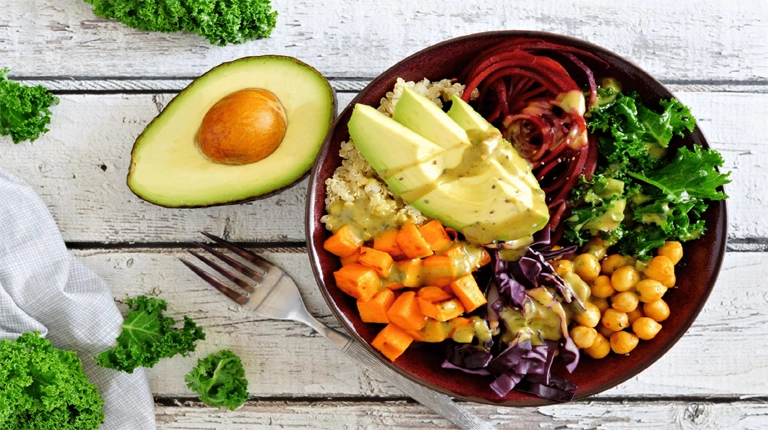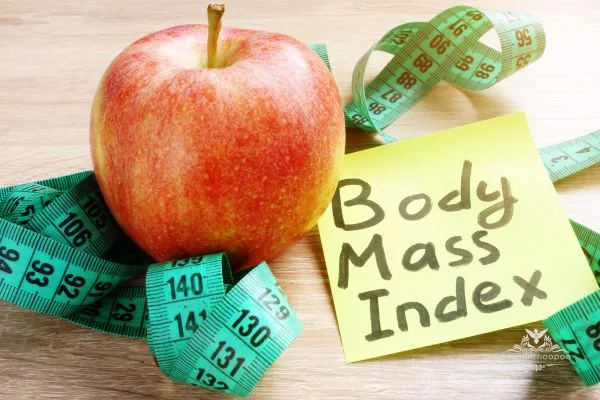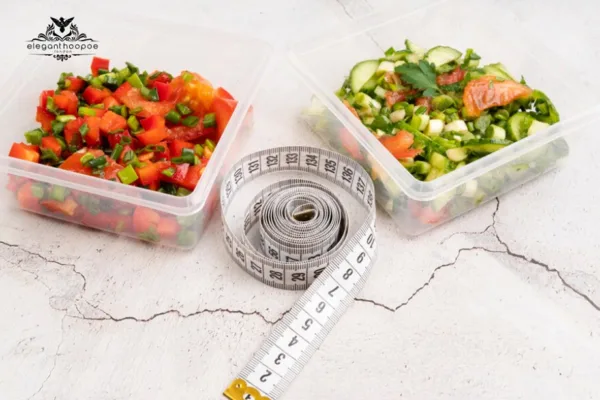How to Lose 10kg in a Month Safely and Effectively?
Losing 10 kg in just one month sounds too good to be true, but with the right approach, it is possible to see noticeable changes in your weight. However, even if it is possible, it is important to set realistic weight loss goals and prioritize your health while pursuing it. Sometimes Crash diets or extreme exercise regimens can be harmful to the body rather than good. So focus on sustainable lifestyle changes that promote long-term health.
In this blog post, we’ll discuss how to lose weight quickly and safely while taking on very effective diet approach you can add to your daily routine to speed up the melting of fats.

Basic Eating Habits You Should Adopt to Lose 10kg in a Month
Sometimes, losing too much weight in a short period of time can lead to various problems like muscle loss, nutritional deficiencies, and a slower metabolism. So it is important to take preventive measures and lose weight in a healthy way. Some of the basic things that you should keep in mind while losing weight are as follows:
Caloric Deficit
A calorie deficit means consuming fewer calories than you consume on a daily basis. On an average human consume 1500-2000 calories a day so to lose weight one should start consuming around 1000 a day to lose weight. To keep a check on calorie intake you might also install a calorie calculator on your phone. You should make sure that the calorie deficit is still within a healthy range for your body. To lose 10 kg in one month, certainly, a higher deficit is required, yet with the appropriate blend of diet and exercise, this is possible.

High-Protein, Low-Carb Diet
A high-protein diet is not only able to make you lose fat but also keep the mass of your muscles. It keeps you full and satisfied so that overconsumption will not occur. The ideal sources of lean proteins are chicken breast, turkey, tofu, fish, eggs, and legumes.
Cut down on carbohydrate sources, especially refined carbohydrates and sugars, because they will deposit fats in the body. Switch to complex carbohydrates, such as whole grains: brown rice, quinoa, oats, vegetables, and fruits, which also contain nutrients and fiber to help individuals feel full.
Hydration
Drinking water is critical for weight loss. Sometimes, thirst masquerades as hunger and can lead to unnecessary overfeeding. Try for at least 2–3 liters a day and replace sugary drinks with water or herbal teas.
Healthy fats that help you lose 10kg in a month
It is generally seen that to lose weight people tend to avoid fat. Avoiding fat is not a solution, it can make you feel dizzy and nauseous in the long run. So incorporating healthy fats like Avocados, olive oil, nuts, and seeds can support metabolism and promote fullness.

Exercise: The Key to Accelerating Weight Loss
Exercise is an important ingredient in any weight loss program. Diet takes the leading role in the reduction of body fat, but physical activity burns more calories, maintains muscle mass, and promotes healthy living.
Combine Cardio and Strength Training
It is generally seen that people either focus on cardio activities or on strength training but to achieve maximum fat loss, introduce cardiovascular exercises such as running, cycling, or swimming; and strength training for example, weight lifting or bodyweight exercises. Cardio burns calories, whereas muscle building through strength training improves the metabolism rate and helps to prevent the loss of muscles.

High-Intensity Interval Training (HIIT)
HIIT has become popular because it is believed to burn a lot of calories in very little time. It involves alternating short periods of intense action with recovery. Research has shown that HIIT may be more efficient at burning fat than steady-state cardio, which makes this a perfect exercise for quick weight loss.
Boost Daily Activity Level
Besides your formal workouts, try to increase your total activity level throughout the day. Take the stairs instead of the elevator, walk a little more, do household chores, or stand up while working. All these exercises contribute to your overall calorie expenditure.

Monitor Progress and Adjust as Needed
You can monitor changes in your weight, body measurements, or energy levels over the month. Adjust your calorie intake, exercise routine, or both if you notice you’re losing too much or too little weight. Rapid weight loss usually means water weight or depletion of muscle. Ensure you are losing fat instead of muscle.
Conclusion: How to Lose 10kg in a Month
Losing 10 kg in one month is a challenging but achievable weight goal journey. Be focused on achieving a moderate calorie deficit, including high-protein and nutrient-dense foods, working out, and sticking to your plan. Always keep in mind that consulting with a healthcare professional or dietitian will be essential before beginning the diet or new exercise plan.






